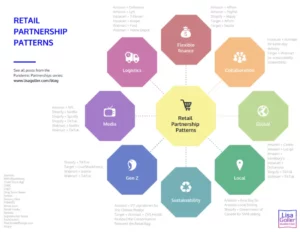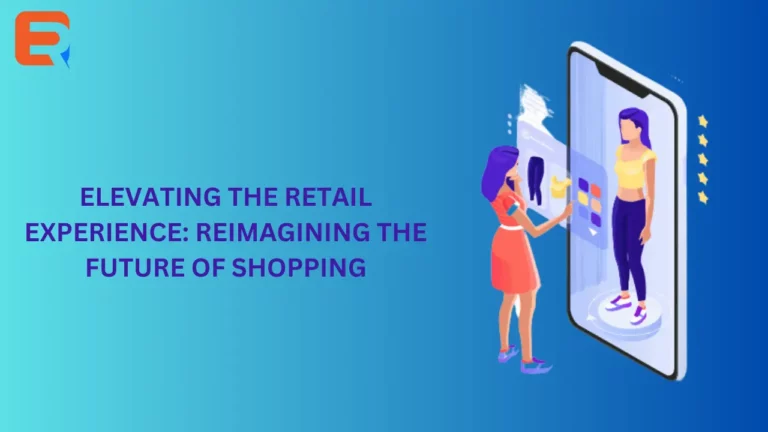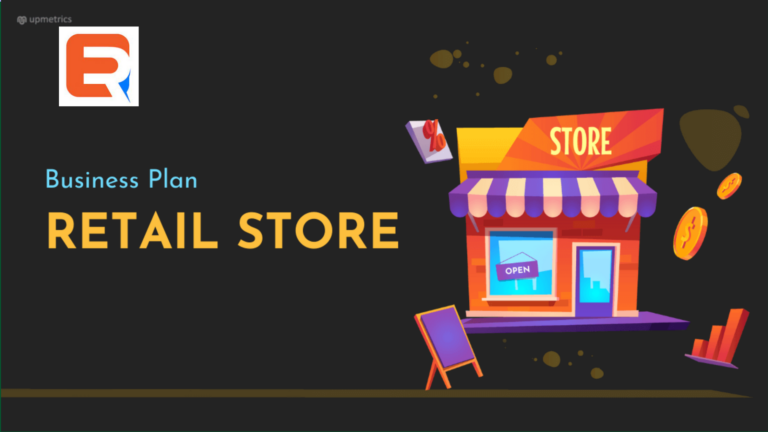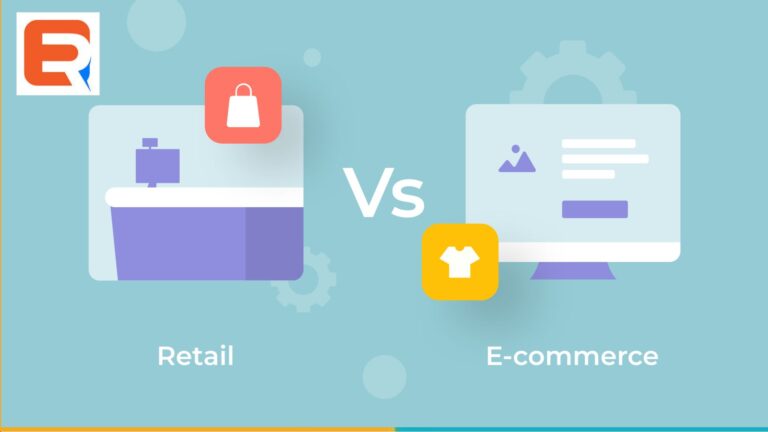Back in the day, shoppers didn’t mind waiting in line at their favourite stores or pushing their way through large crowds in the mall. It was customary to walk from one store to another just to get the best deal. Today, the mere thought of that is sweat-inducing.
The average consumer has at least four shopping apps on their smartphone, and the reason isn’t far-fetched: online shopping is easier, and there are tons of stores to choose from. While the future of retail does not sink the boat of physical brick-and-mortar stores, there’s an urgent need to upscale, combine strategies, and get with the times.
Keep reading for some trends that redefine shopping and will stay relevant in the ever-evolving retail industry.
1. Contactless Shopping
Contactless shopping is a blanket term for retail shopping characterized by minimal physical contact or interaction. Although this method has existed since the 1990s, it wasn’t as essential as it is today.
Pick-up options and contactless delivery have quickly become the order of the day. According to a survey, 44% of customers prefer the curbside pickup option for groceries. A staggering 67% of customers say contactless home delivery is key to providing good customer experiences.
Beyond offering these services, there may have to be more consumer-friendly approaches that ensure the appeal of contactless shopping. Encouraging the use of tap-to-pay-enabled payment cards and mobile wallets (we’ll talk more about these later) are good examples. This way, payments are less about punching in PINs or counting cash at the counter.
It’s essential to establish a good team to ensure frictionless processes, whether you’re employing curbside delivery or tap-to-pay. After all, it can be hard for your staff to avoid any form of contact when serving customers. So, before offering contactless shopping, make sure you train your staff. Don’t forget to create a guide that consolidates what they learned during the training. If you don’t have time to create one yourself, use a generative AI platform. Just insert the right prompts and you’ll have a comprehensive guide in seconds.
2. Growth of Mobile Commerce
M-commerce is the use of wireless handheld devices/gadgets like smartphones, tablets, and even smartwatches to conduct commercial transactions. It allows people to use online shopping platforms without a desktop system.
The growth of mobile commerce is expected—in 2018, it accounted for 3.5% of all US retail sales. But by 2025, it is expected to account for 10.4% of total US retail sales. That’s a growth of almost seven percentage points since 2018.

There’s also this misconception that m-commerce is only useful when at home. On the contrary, it can also be used in physical stores. Thanks to the almost limitless options that technology provides, users have grown accustomed to using smartphones to check prices or product information on retail sites even when they’re already in the store to make a purchase.
Marketplace apps and digital wallets like Google Pay, Apple Pay, PayPal, and Samsung Wallet are also prominent examples of m-commerce tools consumers prefer to use when shopping. They can either manually send the money with a few taps or scan your QR code. This last mode of payment is particularly popular in the restaurant industry, and it’s expected to be even more popular in the years to come. Restaurant industry statistics show over 2.2 billion QR code payment users are expected by 2025, a 70% increase from the 1.5 billion reported in 2020.
These contactless payments make transactions more efficient. Just think about it. There wouldn’t be a need to manually count bills at the counter. Thanks to RFID technology, these payments are also secure.
Overall, then, it’s worth introducing these innovations to align your retail store with the growing m-commerce trend. There are more than 26.5 million eCommerce sites, and many of them, including big brands such as Nike and Walmart, are mobile-friendly. Also, some top retailers in the US like Adidas and Maceys are already allowing payment via digital wallets in their physical stores.
3. Personalizing Shopping Experience
Personalized customer experiences are nothing new in the retail and e-commerce industry.
However, the demand for a personalized shopping experience is likely to grow even more in the future. Research shows that 92% of customers are influenced by personalized shopping cart product recommendations to make a purchase. Additionally, 44% of shoppers who go through a personalized shopping experience are likely to be repeat customers.
That said, retailers can increase sales and customer lifetime value by leveraging personalization.
Sephora is a great example of a brand that takes personalization to the next level. The brand uses various techniques to deliver personalized shopping experiences both online and in its physical stores.
For example, they use quizzes to understand customer needs and tailor their online experiences when shopping accordingly. They also have a robust application featuring a virtual artist and in-store companion. The companion, for example, helps users find stores located near the potential customer, confirm if an item is available, and book a reservation.

To deliver personalized experiences, you’ll need first to understand your niche market, including their shopping patterns, of course. Apart from quizzes, you can use surveys and analytics tools for this.
4. Seamless Checkout Process
Online shopping needs to ensure convenience. For this, retailers shouldn’t just focus on digital transactions. They should also offer seamless online checkout experiences. Just look at the stats. A staggering 70% to 80% of customers abandon their carts during the checkout process. In other words, you can have the most amazing online retail site, but if it’s hard to check out, it will be for nothing.
How do you ensure a seamless checkout process then? Just put yourself in the shoes of your customers and reduce the steps they need to take to buy your product.

Apple, for instance, employs this “guest check out” option to reduce the hassle of creating an account before purchasing a product. And for the users who wish to sign in, the process is made as simple as possible. They just need to provide their Apple IDs.
Some stores, meanwhile, opt for a social sign-in. They just need to log in to their social media account, usually Facebook, to order. That can also help reduce the number of steps people need to take to make a purchase. Why? Well, almost everyone—3.049 billion to be exact—has a Facebook account. That number is bound to include potential customers.
The bottom line is your checkout process should be as swift and painless as possible. Keep it focused on helping the users complete their purchases.
But guest checkout is only one piece of the puzzle. You should also pay attention to the ease of payment when they check out. Give customers multiple payment options, not just one. There are even payment options you can use to entice people who have no money to buy at the moment. “contactless payments” (BNPL), for instance, is a growing checkout payment trend. For example, an Australian store saw a 52% boost in average order value after partnering with a BNPL provider.
5. Retail Partnership
Retail partnerships have been a remarkable trend to watch over the years. They happen when two or more brands have similar but not competitive customer bases. This makes their interests overlap without friction.
The exercise and media company, Peloton did something similar when they partnered with Sportswear giant Adidas. The two came together to launch a new clothing line. The sole purpose of this new collection was to unite both customer bases and encourage home-based workout sessions during the pandemic.

They went above and beyond crafting unique unisex pieces and extra-large sizes to ensure all consumers felt included. Their collective efforts made more impact, built customer loyalty, and both benefited from the joint exposure.
Retail partnerships are an excellent initiative that requires good strategy, timing, and planning. They create the perfect opportunity for two major or even growing brands to create sensible business bonds.

When choosing a business to partner with, just make sure their brand values also align with yours. Don’t choose a retailer that sells animal skin bags, for instance, if you openly advocate animal rights and protection.
6. Unified Retail Experience
Unified retail entails integrating business operations and sales channels into one platform to give customers a consistent experience. How important is that? Well, 77% of customers say they are more likely to make a purchase from brands that show consistency. Establishing a unified platform that places e-commerce, POS, customer relationship management, order fulfilment, and more in one place is crucial because that’s what customers want.
Besides, one unified commercial platform removes the divide that comes with costly multiple platforms. A unified retail experience also removes communication delays. It ensures data is synced and ready to consume from the moment a customer browses through your website or walks through the store’s doors. Accurate and consistent information flows from the time of purchase and post-purchase/delivery.
So, how is a unified retail experience achieved?
Ensure online and in-store data–from POS, order details, purchase history, and customer interactions—can be accessed across all your sales channels to create a harmonious shopping system. You can leverage digital technology for this. Tools like OneView, for instance, connect all this data so you have a full view of your customer just by accessing a single platform.
The result? You can generate personalized offers and give tailored recommendations regardless of your customer’s preferred sales channel.
Conclusion
The only thing that remains constant is change, and the retail industry isn’t immune to it. While the future of retail is bright, you must stay updated with these changes to ensure your retail business remains competitive.
Some things you need to focus on include contactless shopping, m-commerce, personalized offline and digital shopping experiences, and innovative checkout processes. Retail partnerships and a unified retail experience are other trends you need to monitor.
Though not exhaustive, this guide should give you a good starting point to reimagine your store and align it with the future of retail. Good luck.




